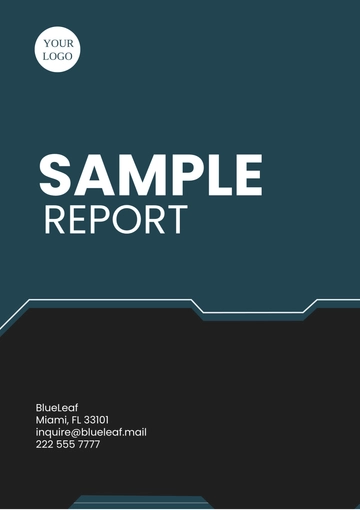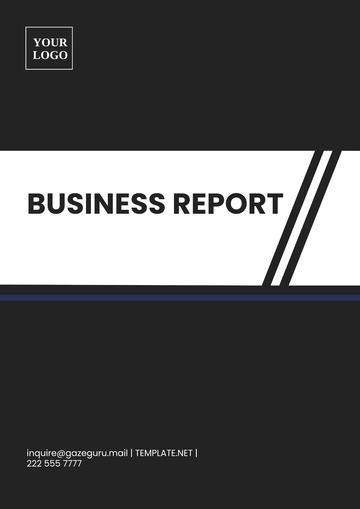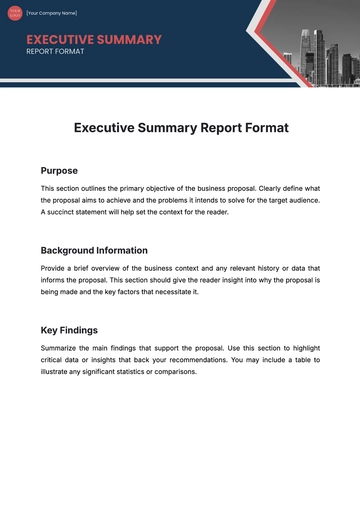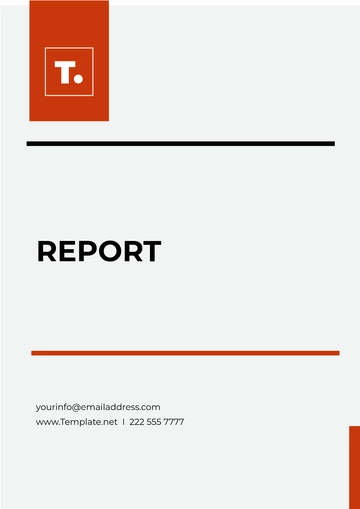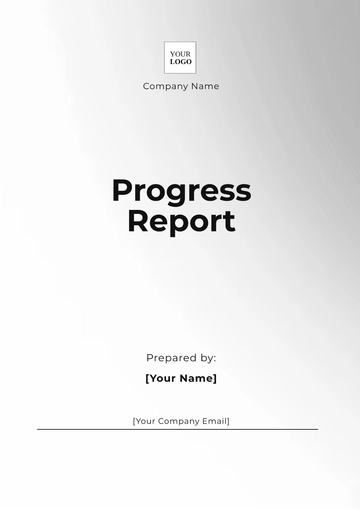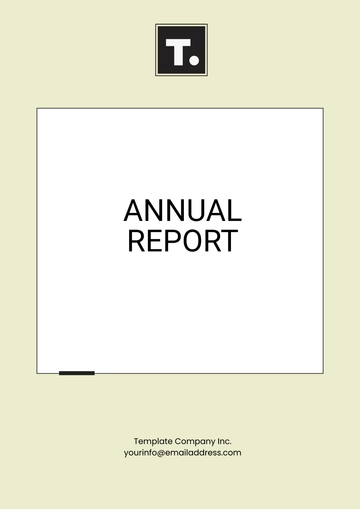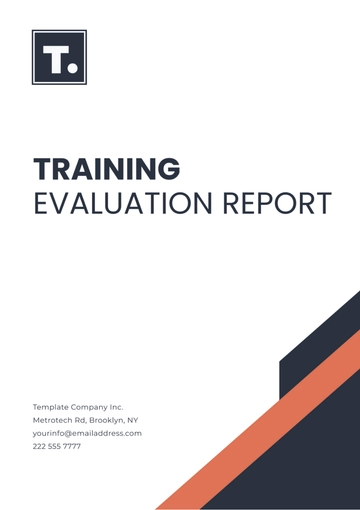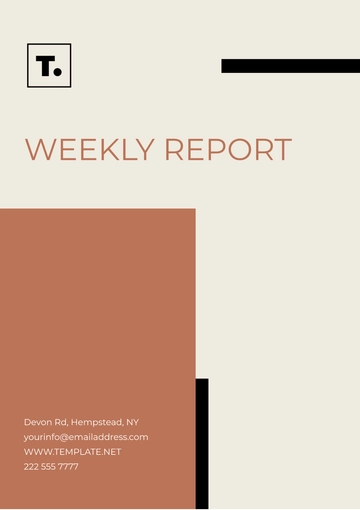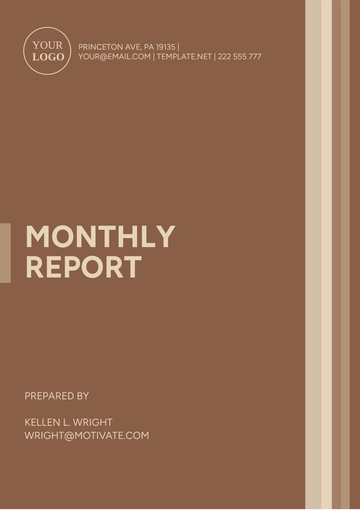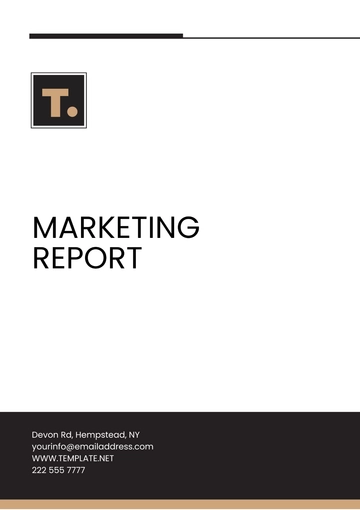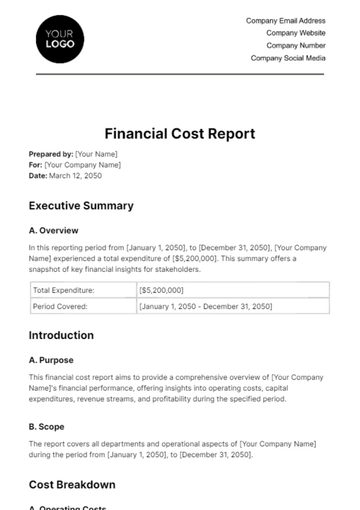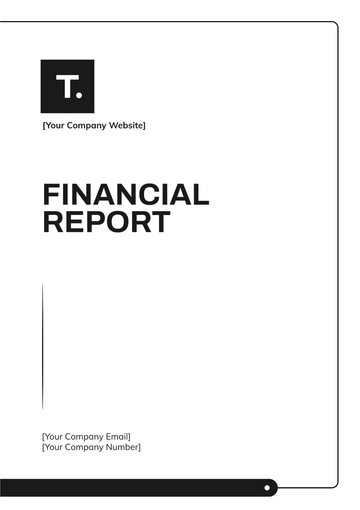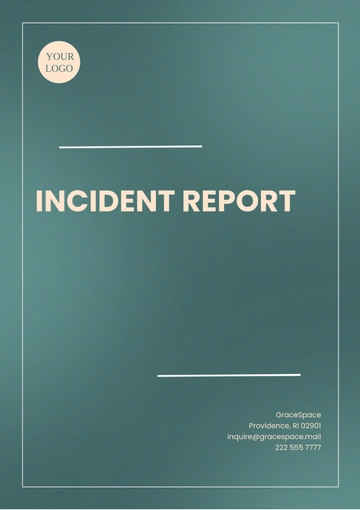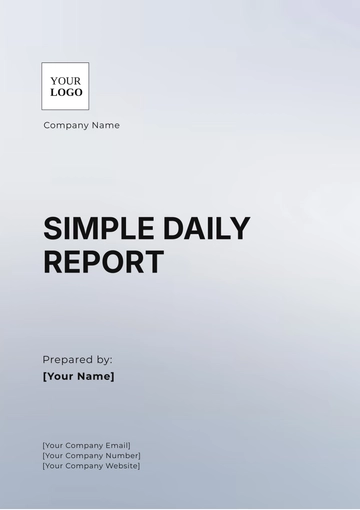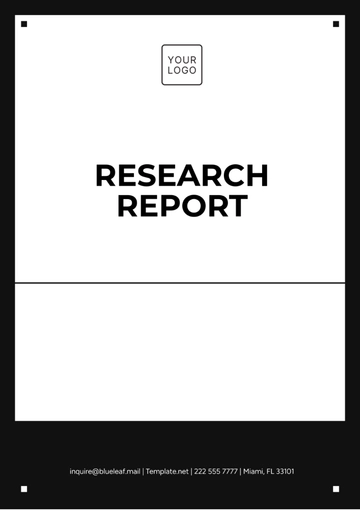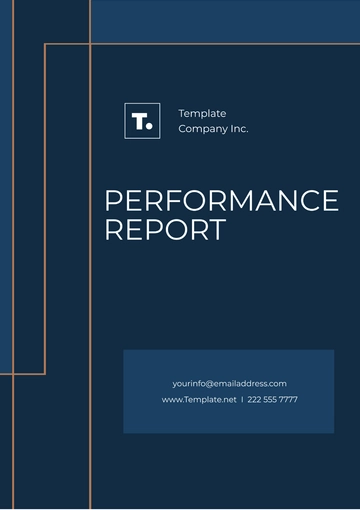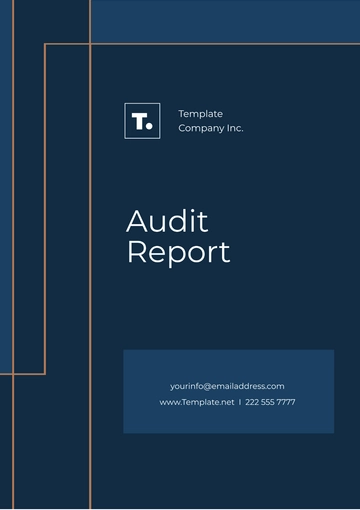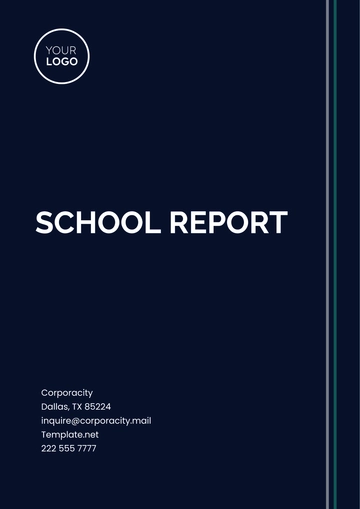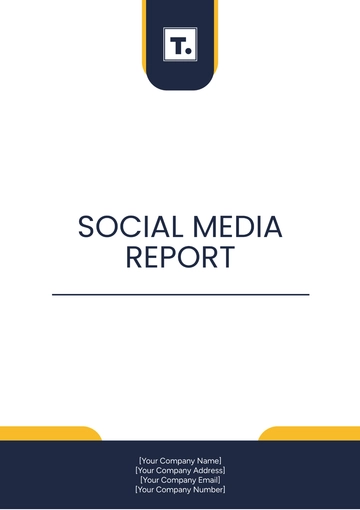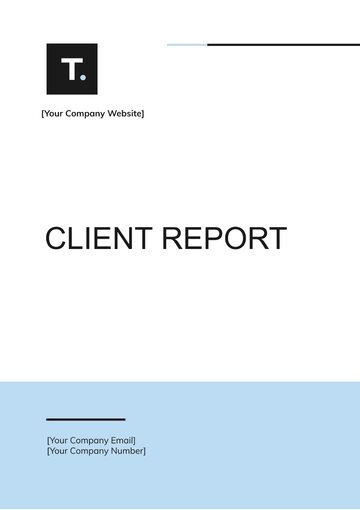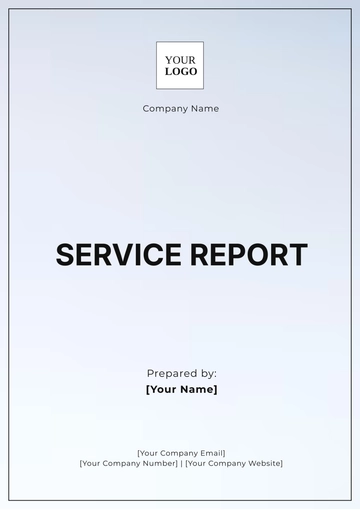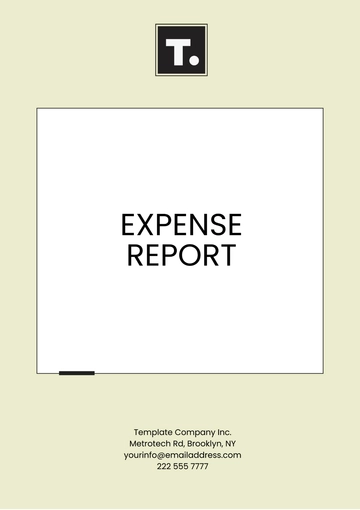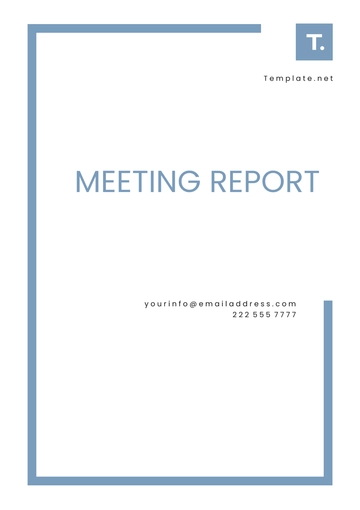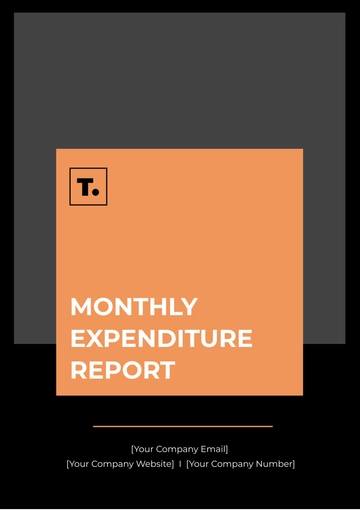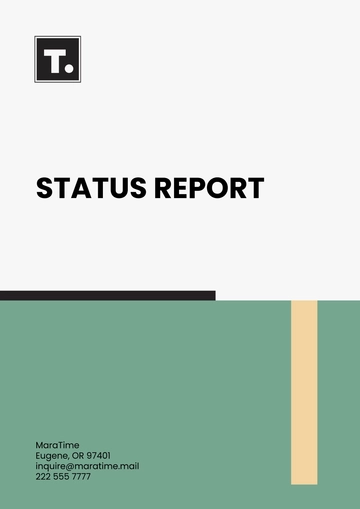Free Car Wash Profit and Loss Report
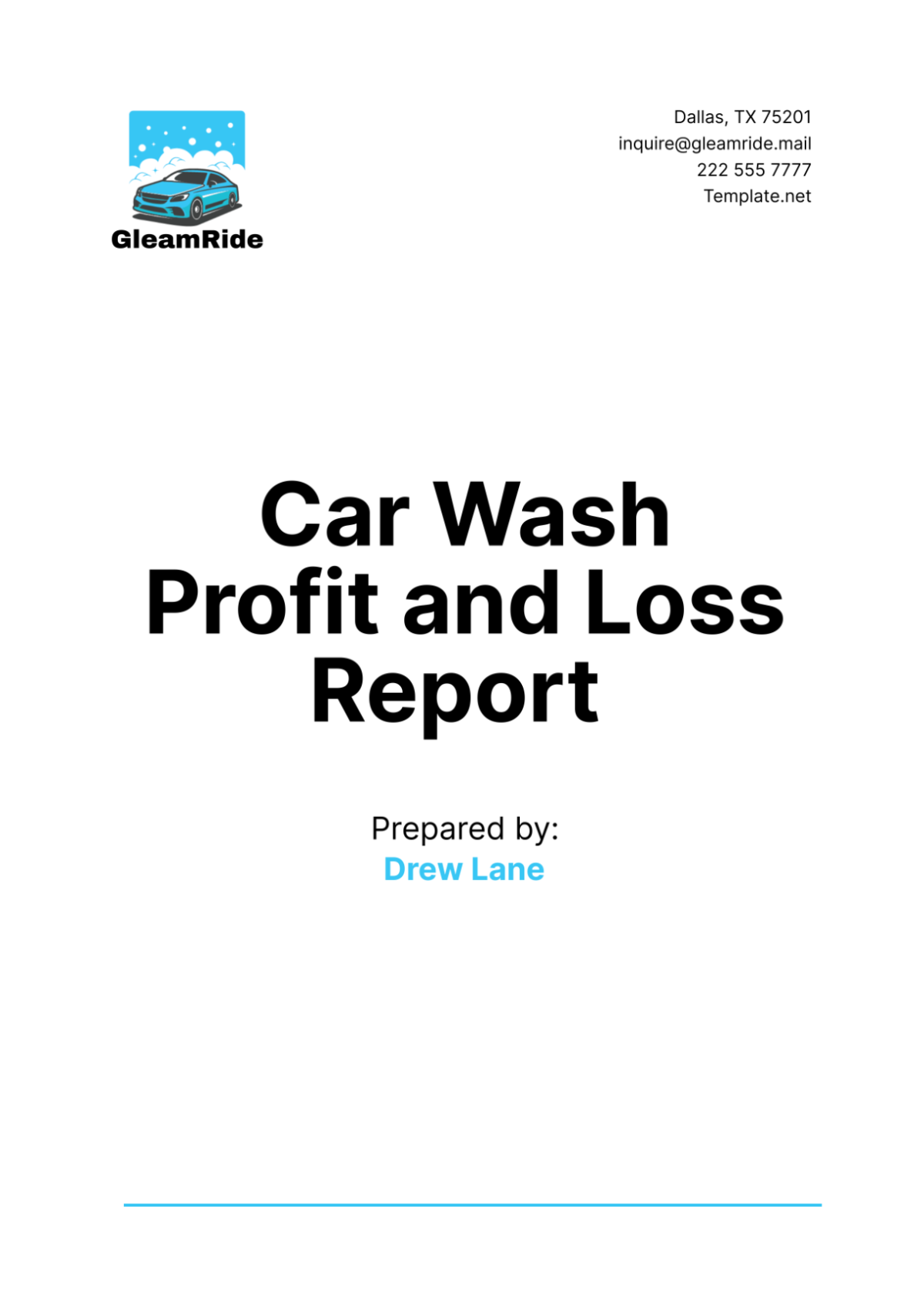
I. Executive Summary
A. Overview
The Profit and Loss Report by [Your Company Name] provides an in-depth analysis of the financial performance of our car wash operations for the fiscal year. This report examines key metrics such as revenue, costs, gross profit, operating expenses, and net profit. The objective is to present a clear and comprehensive view of our financial health and identify areas for improvement to maximize profitability.
B. Key Findings
The car wash has seen consistent revenue growth throughout the year, with peak months corresponding to high-demand seasons. However, the analysis reveals that operating expenses have also increased, impacting our net profit margins. While our gross profit margins remain healthy, there is significant potential for optimizing costs, particularly in labor and overheads.
C. Recommendations
Implementing more efficient labor management practices to reduce direct labor costs.
Investing in energy-efficient equipment to lower utility expenses.
Enhancing marketing efforts during off-peak months to balance revenue throughout the year.
II. Revenue Analysis
A. Monthly Revenue Breakdown
The monthly revenue breakdown provides insights into the seasonal trends and revenue patterns.
Month | Revenue ($) |
|---|---|
January | 50,000 |
February | 48,000 |
March | 55,000 |
April | 60,000 |
May | 62,000 |
June | 65,000 |
July | 68,000 |
August | 70,000 |
September | 63,000 |
October | 58,000 |
November | 55,000 |
December | 60,000 |
Our highest revenue months were August and July, reflecting the increased demand during summer. The lowest revenue was recorded in February, indicating a seasonal dip during winter.
B. Revenue by Service Type
The analysis of revenue by service type helps identify the most profitable services offered.
Service Type | Revenue ($) | Percentage of Total Revenue |
|---|---|---|
Basic Wash | 300,000 | 45% |
Deluxe Wash | 200,000 | 30% |
Premium Wash | 150,000 | 20% |
Additional Services | 50,000 | 5% |
Basic Wash services account for the highest revenue share, followed by Deluxe and Premium Wash services. Additional services contribute a smaller portion but represent an area for potential growth.
C. Revenue Trends and Seasonality
Revenue trends indicate a clear seasonality in our business, with higher revenues during the summer months. This trend is consistent with industry norms, where car washes see increased activity in warmer weather. To counteract seasonal dips, targeted marketing campaigns during slower months could help balance revenue streams.
III. Cost of Goods Sold (COGS)
A. Direct Material Costs
Direct material costs include the expenses related to the consumables used in the car wash process, such as detergents, wax, and water.
Item | Annual Cost ($) |
|---|---|
Detergents | 40,000 |
Wax | 25,000 |
Water | 30,000 |
Other | 10,000 |
Total | 105,000 |
Material costs are a significant portion of our expenses. Efficient usage and procurement strategies can help manage these costs effectively.
B. Direct Labor Costs
Direct labor costs encompass the wages and benefits paid to employees directly involved in car washing services.
Category | Annual Cost ($) |
|---|---|
Wages | 200,000 |
Benefits | 50,000 |
Overtime | 15,000 |
Training and Development | 5,000 |
Total | 270,000 |
Managing labor costs through efficient scheduling and minimizing overtime can significantly impact our overall profitability.
C. Overhead Costs
Overhead costs include indirect expenses related to the production process but not directly tied to a specific service.
Overhead Expense | Annual Cost ($) |
|---|---|
Equipment Maintenance | 20,000 |
Utilities | 35,000 |
Rent | 50,000 |
Depreciation | 15,000 |
Total | 120,000 |
Controlling overhead costs, particularly utilities and maintenance, can contribute to improved gross profit margins.
IV. Gross Profit
A. Calculation of Gross Profit
Gross profit is calculated by subtracting the Cost of Goods Sold (COGS) from total revenue.
Metric | Value ($) |
|---|---|
Total Revenue | 706,000 |
COGS | 495,000 |
Gross Profit | 211,000 |
B. Gross Profit Margin Analysis
Gross profit margin is a key indicator of the business's profitability, calculated as the gross profit divided by total revenue.
Metric | Value |
|---|---|
Gross Profit Margin (%) | 29.89% |
A gross profit margin of nearly 30% indicates a strong ability to cover direct costs and contribute towards covering operating expenses and generating net profit.
V. Operating Expenses
A. Fixed Operating Expenses
Fixed operating expenses are costs that do not vary with the level of production or sales.
Rent
Rent for the car wash facility is a significant fixed cost, amounting to $50,000 annually. This expense remains constant regardless of the number of cars washed.
Utilities
Utility costs, including water, electricity, and gas, total $35,000 annually. Implementing energy-efficient practices and equipment can help reduce these expenses.
Insurance
Insurance premiums amount to $10,000 annually, covering property, liability, and employee insurance. Regular reviews of insurance policies can ensure adequate coverage while managing costs.
B. Variable Operating Expenses
Variable operating expenses fluctuate with the level of production or sales.
Marketing and Advertising
Marketing and advertising expenses are crucial for attracting new customers and retaining existing ones. Annual costs are $25,000. Effective marketing strategies during off-peak seasons can help stabilize revenue.
Supplies and Materials
Supplies and materials, including office supplies, uniforms, and cleaning supplies, cost $10,000 annually. Efficient inventory management can help control these costs.
Maintenance and Repairs
Maintenance and repairs of equipment and facilities amount to $15,000 annually. Regular preventive maintenance can minimize unexpected repair costs and downtime.
C. Total Operating Expenses
The total operating expenses combine fixed and variable costs.
Expense Category | Annual Cost ($) |
|---|---|
Fixed Operating Expenses | 95,000 |
Variable Operating Expenses | 50,000 |
Total Operating Expenses | 145,000 |
VI. Operating Profit
A. Calculation of Operating Profit
Operating profit is calculated by subtracting total operating expenses from gross profit.
Metric | Value ($) |
|---|---|
Gross Profit | 211,000 |
Operating Expenses | 145,000 |
Operating Profit | 66,000 |
B. Operating Profit Margin Analysis
Operating profit margin is a measure of profitability after accounting for operating expenses.
Metric | Value |
|---|---|
Operating Profit Margin (%) | 9.35% |
An operating profit margin of 9.35% indicates the percentage of revenue remaining after covering both direct and indirect costs. This margin highlights the importance of controlling operating expenses to maintain profitability.
VII. Net Profit
A. Calculation of Net Profit
Net profit is determined by subtracting taxes and interest from the operating profit. This metric is crucial as it represents the actual profit available after all expenses have been paid.
Metric | Value ($) |
|---|---|
Operating Profit | 66,000 |
Interest Expenses | 5,000 |
Taxes | 12,000 |
Net Profit | 49,000 |
B. Net Profit Margin Analysis
Net profit margin is calculated by dividing net profit by total revenue. This ratio is essential for understanding the company's overall profitability and financial health.
Metric | Value |
|---|---|
Net Profit Margin (%) | 6.94% |
A net profit margin of 6.94% indicates that [Your Company Name] retains approximately 7 cents of profit for every dollar of revenue generated. This margin can be improved by optimizing costs and increasing revenue.
C. Year-over-Year Comparison
Comparing net profit year-over-year provides insights into the company's financial trajectory and helps identify growth trends or potential issues.
Year | Net Profit ($) | Change (%) |
|---|---|---|
[20xx] | 45,000 | N/A |
[20xx] | 49,000 | +8.89% |
The increase in net profit by 8.89% from the previous year demonstrates effective cost management and revenue growth strategies.
VIII. Break-Even Analysis
A. Break-Even Point Calculation
The break-even point is the level of sales at which total revenues equal total expenses, resulting in no profit or loss. This is a critical metric for understanding the minimum sales required to cover costs.
Metric | Value ($) |
|---|---|
Fixed Costs | 95,000 |
Variable Costs per Unit | 5 |
Price per Unit | 10 |
Break-Even Point (Units) | 19,000 |
B. Importance of Break-Even Analysis
The break-even analysis helps in planning and decision-making processes. It indicates the level of output needed to avoid losses and helps in setting sales targets and pricing strategies.
By calculating the break-even point, [Your Company Name] can ensure that it meets or exceeds this threshold to achieve profitability. Understanding this point helps in managing expenses and setting realistic revenue goals.
C. Monthly Break-Even Analysis
Performing a monthly break-even analysis helps in understanding the seasonal variations and planning accordingly.
Month | Revenue ($) | Fixed Costs ($) | Variable Costs ($) | Break-Even Point (Units) |
|---|---|---|---|---|
January | 50,000 | 7,917 | 25,000 | 3,667 |
February | 48,000 | 7,917 | 24,000 | 3,500 |
March | 55,000 | 7,917 | 27,500 | 4,083 |
April | 60,000 | 7,917 | 30,000 | 4,333 |
May | 62,000 | 7,917 | 31,000 | 4,417 |
June | 65,000 | 7,917 | 32,500 | 4,583 |
July | 68,000 | 7,917 | 34,000 | 4,750 |
August | 70,000 | 7,917 | 35,000 | 4,833 |
September | 63,000 | 7,917 | 31,500 | 4,417 |
October | 58,000 | 7,917 | 29,000 | 4,167 |
November | 55,000 | 7,917 | 27,500 | 4,083 |
December | 60,000 | 7,917 | 30,000 | 4,333 |
IX. Cash Flow Analysis
A. Cash Inflows
Cash inflows include all the sources of cash receipts during the period, such as revenue from car wash services, additional services, and other income.
Source | Annual Inflow ($) |
|---|---|
Car Wash Revenue | 650,000 |
Additional Services | 50,000 |
Other Income | 10,000 |
Total Inflows | 710,000 |
B. Cash Outflows
Cash outflows encompass all cash payments made during the period, including expenses for materials, labor, overheads, and other operating expenses.
Category | Annual Outflow ($) |
|---|---|
Direct Materials | 105,000 |
Direct Labor | 270,000 |
Overheads | 120,000 |
Operating Expenses | 145,000 |
Interest | 5,000 |
Taxes | 12,000 |
Total Outflows | 657,000 |
C. Net Cash Flow
Net cash flow is calculated by subtracting total cash outflows from total cash inflows. It represents the cash available after covering all expenses.
Metric | Value ($) |
|---|---|
Total Inflows | 710,000 |
Total Outflows | 657,000 |
Net Cash Flow | 53,000 |
D. Monthly Cash Flow Analysis
Analyzing monthly cash flow helps in identifying periods of cash surplus or deficit and planning for short-term financing needs.
Month | Inflows ($) | Outflows ($) | Net Cash Flow ($) |
|---|---|---|---|
January | 50,000 | 45,000 | 5,000 |
February | 48,000 | 43,000 | 5,000 |
March | 55,000 | 50,000 | 5,000 |
April | 60,000 | 52,000 | 8,000 |
May | 62,000 | 53,000 | 9,000 |
June | 65,000 | 55,000 | 10,000 |
July | 68,000 | 57,000 | 11,000 |
August | 70,000 | 58,000 | 12,000 |
September | 63,000 | 53,000 | 10,000 |
October | 58,000 | 50,000 | 8,000 |
November | 55,000 | 47,000 | 8,000 |
December | 60,000 | 52,000 | 8,000 |
X. Financial Ratios
A. Liquidity Ratios
Liquidity ratios measure the company’s ability to meet short-term obligations.
Current Ratio
The current ratio is calculated by dividing current assets by current liabilities.
Metric | Value |
|---|---|
Current Assets ($) | 120,000 |
Current Liabilities ($) | 60,000 |
Current Ratio | 2.00 |
A current ratio of 2.00 indicates that [Your Company Name] has twice as many current assets as current liabilities, suggesting good short-term financial health.
Quick Ratio
The quick ratio is a more stringent measure of liquidity, excluding inventory from current assets.
Metric | Value |
|---|---|
Quick Assets ($) | 100,000 |
Current Liabilities ($) | 60,000 |
Quick Ratio | 1.67 |
A quick ratio of 1.67 demonstrates that [Your Company Name] can cover its short-term liabilities without relying on the sale of inventory.
B. Profitability Ratios
Profitability ratios assess the company's ability to generate profit relative to revenue, assets, and equity.
Return on Assets (ROA)
ROA is calculated by dividing net profit by total assets.
Metric | Value |
|---|---|
Net Profit ($) | 49,000 |
Total Assets ($) | 200,000 |
ROA (%) | 24.5% |
An ROA of 24.5% indicates that [Your Company Name] is generating $0.245 for every dollar invested in assets, reflecting efficient asset utilization.
Return on Equity (ROE)
ROE is calculated by dividing net profit by shareholders' equity.
Metric | Value |
|---|---|
Net Profit ($) | 49,000 |
Shareholders' Equity ($) | 150,000 |
ROE (%) | 32.67% |
XI. Conclusion
A. Summary of Findings
The Profit and Loss Report by [Your Company Name] reveals strong financial performance, characterized by steady revenue growth, effective cost management, and improved profitability year-over-year. Key highlights include robust net profit margins, a healthy cash flow position, and favorable financial ratios indicating operational efficiency and profitability. These achievements underscore [Your Company Name]'s resilience in navigating market challenges and its ability to leverage strategic initiatives for sustainable growth and profitability. Moving forward, [Your Company Name] aims to further enhance its operational efficiencies, expand its customer base through targeted marketing efforts, and continue investing in employee development to maintain its competitive edge in the dynamic car wash industry.
B. Strategic Recommendations
To sustain and enhance financial performance, [Your Company Name] should consider the following strategic initiatives:
Revenue Diversification: Introduce new car wash services or packages to attract a broader customer base and increase revenue streams.
Cost Management: Implement cost-effective measures to optimize operational expenses without compromising service quality.
Customer Retention: Enhance customer experience through loyalty programs or personalized services to improve retention rates and drive repeat business.
C. Future Outlook
Looking ahead, [Your Company Name] is poised for continued growth in the competitive car wash industry. By focusing on strategic expansion into new geographic areas, investing in innovative technology to enhance service delivery, and fostering strong partnerships with suppliers and local communities, [Your Company Name] aims to solidify its market presence and achieve long-term profitability. This proactive approach will enable [Your Company Name] to adapt to evolving customer preferences and market dynamics, ensuring sustained growth and leadership in the car wash sector.
- 100% Customizable, free editor
- Access 1 Million+ Templates, photo’s & graphics
- Download or share as a template
- Click and replace photos, graphics, text, backgrounds
- Resize, crop, AI write & more
- Access advanced editor
Manage your financial performance with Template.net's customizable and editable Car Wash Profit and Loss Report Template. Utilize the Ai Editor Tool to personalize this template to your specifications. Create detailed financial reports, helping you analyze profits and losses effectively and make informed business decisions.
You may also like
- Sales Report
- Daily Report
- Project Report
- Business Report
- Weekly Report
- Incident Report
- Annual Report
- Report Layout
- Report Design
- Progress Report
- Marketing Report
- Company Report
- Monthly Report
- Audit Report
- Status Report
- School Report
- Reports Hr
- Management Report
- Project Status Report
- Handover Report
- Health And Safety Report
- Restaurant Report
- Construction Report
- Research Report
- Evaluation Report
- Investigation Report
- Employee Report
- Advertising Report
- Weekly Status Report
- Project Management Report
- Finance Report
- Service Report
- Technical Report
- Meeting Report
- Quarterly Report
- Inspection Report
- Medical Report
- Test Report
- Summary Report
- Inventory Report
- Valuation Report
- Operations Report
- Payroll Report
- Training Report
- Job Report
- Case Report
- Performance Report
- Board Report
- Internal Audit Report
- Student Report
- Monthly Management Report
- Small Business Report
- Accident Report
- Call Center Report
- Activity Report
- IT and Software Report
- Internship Report
- Visit Report
- Product Report
- Book Report
- Property Report
- Recruitment Report
- University Report
- Event Report
- SEO Report
- Conference Report
- Narrative Report
- Nursing Home Report
- Preschool Report
- Call Report
- Customer Report
- Employee Incident Report
- Accomplishment Report
- Social Media Report
- Work From Home Report
- Security Report
- Damage Report
- Quality Report
- Internal Report
- Nurse Report
- Real Estate Report
- Hotel Report
- Equipment Report
- Credit Report
- Field Report
- Non Profit Report
- Maintenance Report
- News Report
- Survey Report
- Executive Report
- Law Firm Report
- Advertising Agency Report
- Interior Design Report
- Travel Agency Report
- Stock Report
- Salon Report
- Bug Report
- Workplace Report
- Action Report
- Investor Report
- Cleaning Services Report
- Consulting Report
- Freelancer Report
- Site Visit Report
- Trip Report
- Classroom Observation Report
- Vehicle Report
- Final Report
- Software Report
